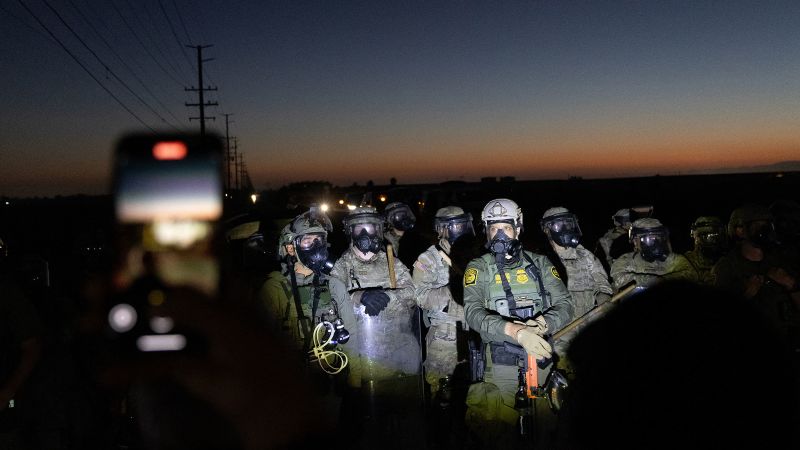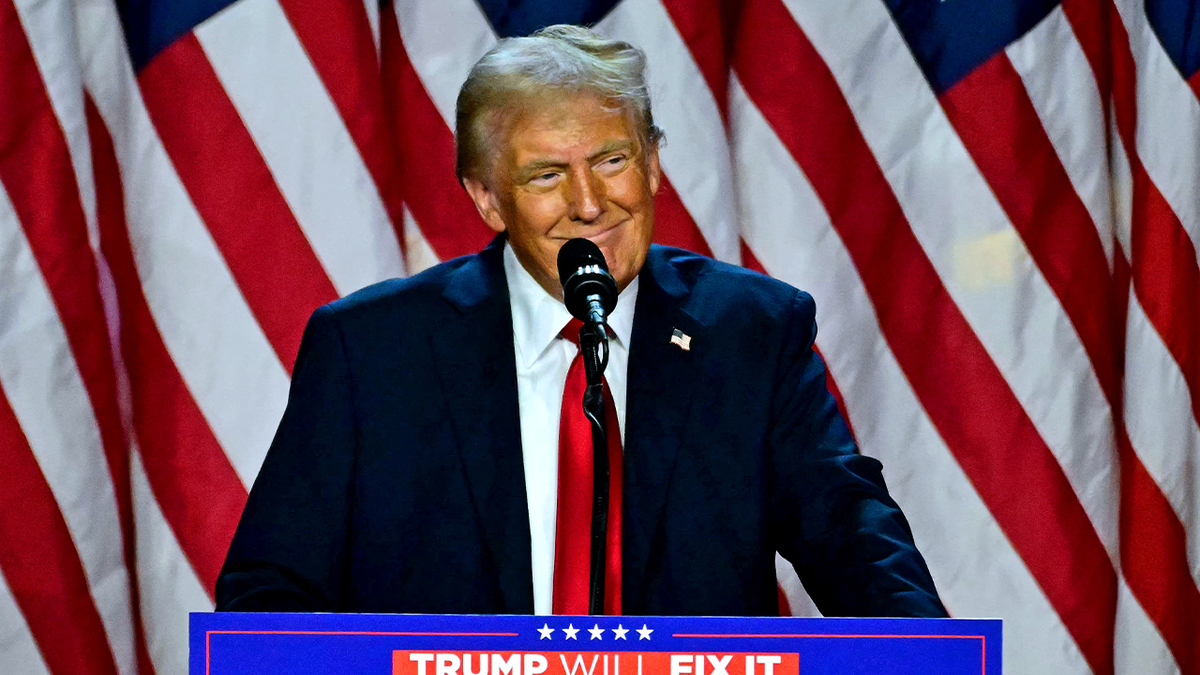Immigration Ruling in Southern California
Introduction
The Trump administration has faced numerous legal challenges in its immigration policies, with a recent ruling by the Ninth U.S. Circuit Court of Appeals further complicating its efforts. The court has upheld a lower court's temporary order that blocks the administration from conducting indiscriminate immigration stops and arrests in Southern California. This decision has significant implications for the administration's ability to enforce its immigration policies in the region.
Key Details
The ruling came after a three-judge panel of the Ninth Circuit heard arguments from the administration and immigrant rights groups. The panel sided with the lower court, which found that the administration's actions were causing harm to immigrant communities and their families. The decision also highlighted the importance of upholding constitutional protections and due process for all individuals, regardless of their immigration status.
Impact
This ruling is a significant blow to the administration's efforts to ramp up immigration enforcement in Southern California. It is also a victory for immigrant rights groups and individuals who have been facing increased scrutiny and fear under the current administration. This decision sets an important precedent for protecting the rights of all individuals, regardless of their immigration status, and emphasizes the need for a fair and just immigration system. It remains to be seen what further legal challenges the Trump administration may face in its immigration policies.
About the People Mentioned
Trump
Donald John Trump, born June 14, 1946, in Queens, New York, is an American businessman, media personality, and politician who has served as both the 45th and 47th President of the United States[1][3][5]. He is the only president since Grover Cleveland to be elected to two non-consecutive terms, winning the 2016 and 2024 elections and serving from 2017 to 2021, and again from 2025 onward[2][3][5]. Trump’s political rise marked a significant shift in American politics, as he positioned himself as a political outsider and won the Republican nomination in 2016, defeating Democrat Hillary Clinton in the general election[1][5][6]. He was re-elected in 2024, defeating Vice President Kamala Harris, with Ohio Senator JD Vance as his running mate[5]. Before entering politics, Trump was a prominent real estate developer, inheriting and expanding his family’s business into the Trump Organization, which includes hotels, casinos, golf courses, and branded products worldwide[1][3][6]. He gained broader fame as the host of the reality TV show *The Apprentice* from 2004 to 2015[1][5][6]. Trump has authored several books, including the best-selling *The Art of the Deal* (1987)[5][6]. During his first term, Trump pursued a conservative agenda, including significant tax cuts, deregulation, border security measures, and a hardline stance on immigration[1][4]. He appointed three Supreme Court justices and withdrew the U.S. from several international agreements, including the Paris Climate Accord and the Iran nuclear deal, while initiating a trade war with China[1]. His administration’s response to the COVID-19 pandemic was marked by mixed messaging and clashes with health officials[1]. Trump was impeached twice—in 2019 for abuse of power and obstruction of Congress, and in 2021 for incitement of insurrection following the January 6 Capitol attack; he was acquitted by the Senate both times[1]. After losing the 2020 election to Joe Biden, Trump’s refusal to concede and claims of election fraud culminated in the Capitol riot and ongoing legal challenges[1][3]. Trump’s return to the presidency in 2025, at age 78, makes him the oldest person ever inaugurated for a second term[2]. His current administration has pledged to continue his previous policies, emphasizing border security, economic growth, and a rejection of what he terms “extremist” policies from the political left[4]. Trump remains a polarizing figure, with a strong base of support and equally vocal opposition, and his influence on the Republican Party and American politics endures[2][3].
About the Organizations Mentioned
Ninth U.S. Circuit Court of Appeals
The **Ninth U.S. Circuit Court of Appeals**, established in 1891, is the largest and one of the most influential federal appellate courts in the United States. It holds appellate jurisdiction over federal district courts in nine western states—Alaska, Arizona, California, Hawaii, Idaho, Montana, Nevada, Oregon, and Washington—as well as the territorial courts of Guam and the Northern Mariana Islands[2][4]. The court is headquartered in San Francisco, California, at the historic James R. Browning U.S. Courthouse[7]. The Ninth Circuit’s origins date back to 1837, originally covering southern states like Arkansas and Louisiana; it was reorganized multiple times as the U.S. expanded westward. By 1891, the circuit was redefined to cover the western states and territories, reflecting the growing population and economic importance of the region[1][2][8]. Over time, its jurisdiction expanded to include Hawaii (1900), Arizona (1912), Alaska (1948), Guam (1951), and the Northern Mariana Islands (1977)[1][2]. The court was created to alleviate the Supreme Court’s caseload by handling appeals from federal trial courts, reviewing final decisions and some interlocutory rulings[3]. It has 29 active judgeships, one of the largest complements in the federal judiciary, reflecting its high volume of cases[2]. The Ninth Circuit has a significant impact on business and technology law due to its jurisdiction over Silicon Valley and other tech hubs in California. It is known for its substantial caseload in immigration (the highest nationally at 56%) and complex federal issues, often influencing national legal precedents[1][2]. It was also the first federal circuit to establish a Bankruptcy Appellate Panel in 1979, innovating judicial processes[2]. Notably, the Ninth Circuit is recognized for its diversity, large geographic scope, and frequent involvement in landmark rulings affecting business, technology







